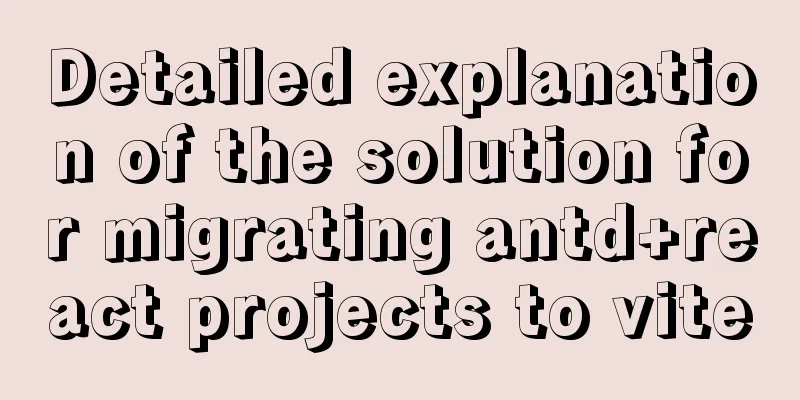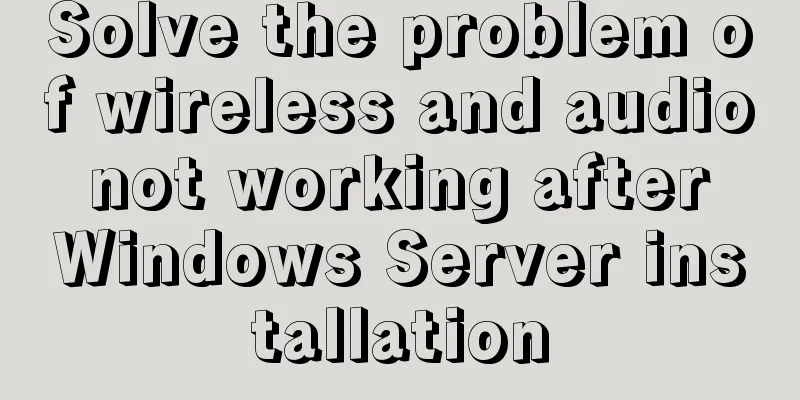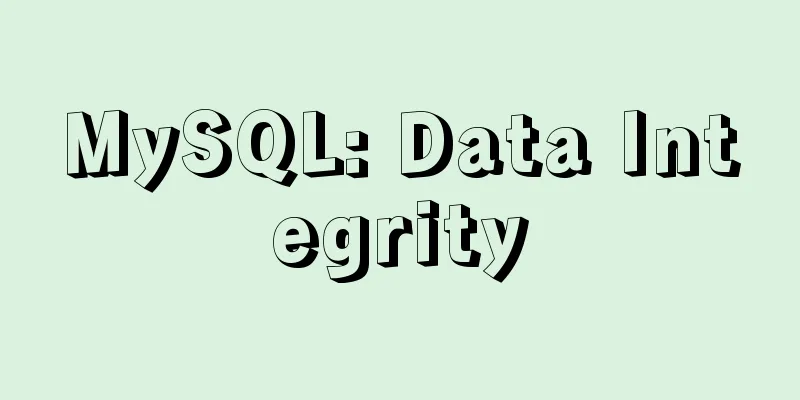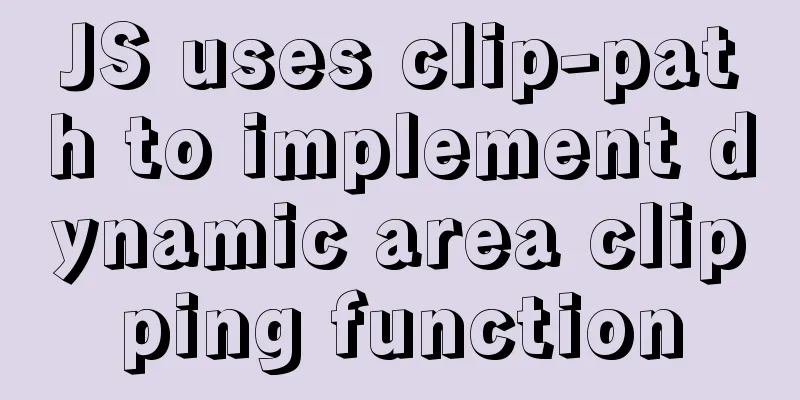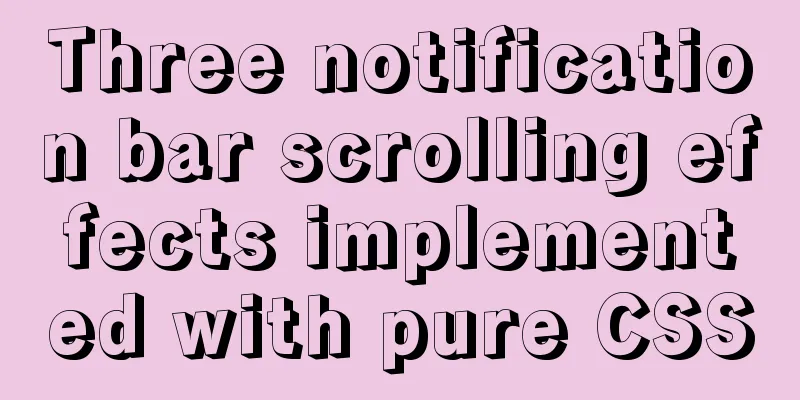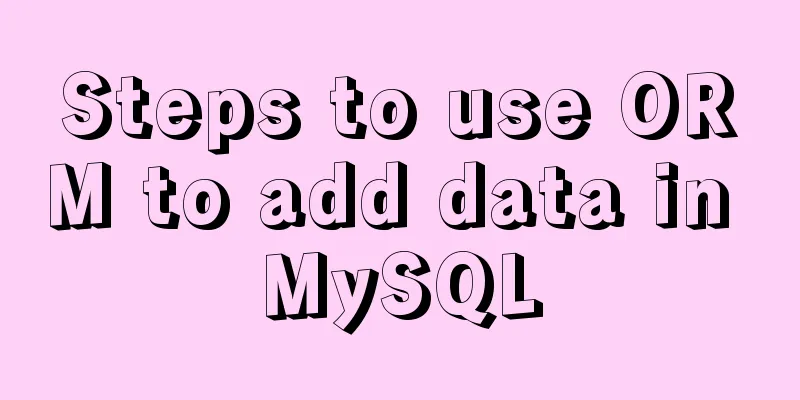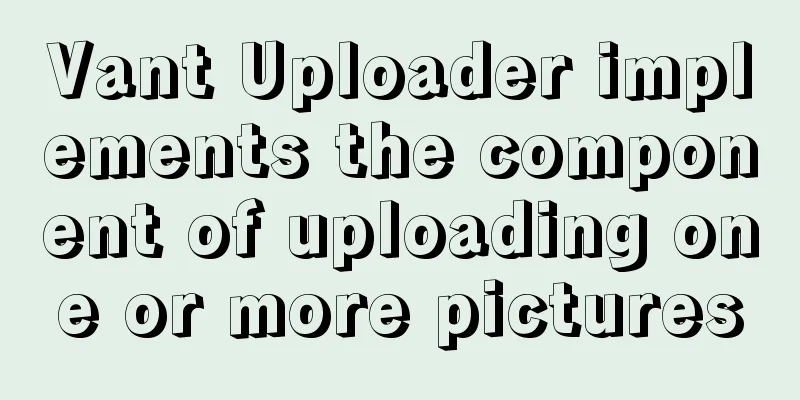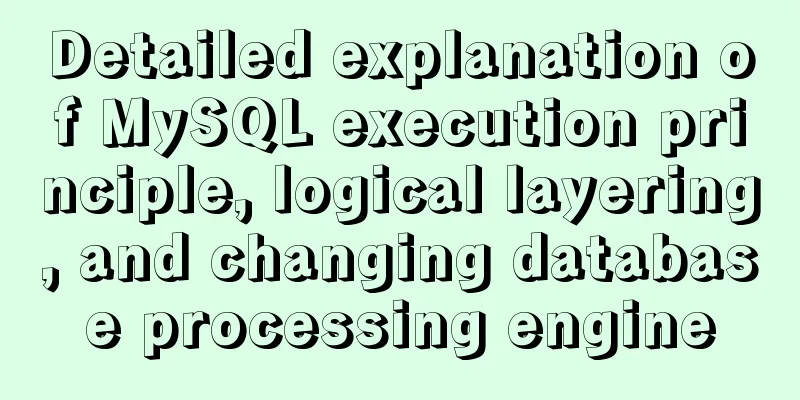Detailed examples of how to use the box-shadow property in CSS3
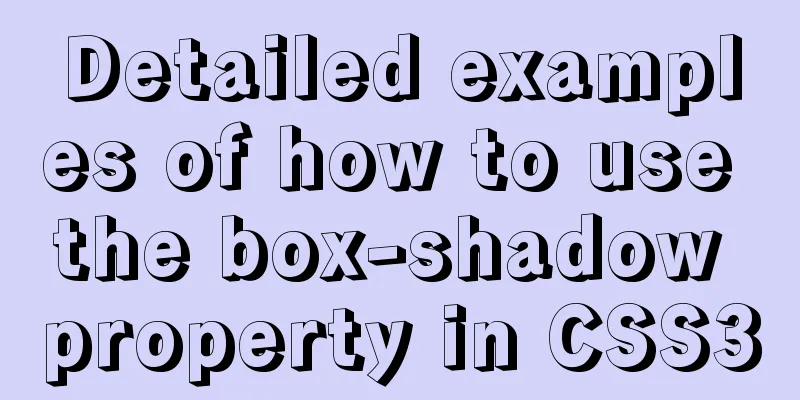
|
There are many attributes in CSS. Some attributes are easy to forget if they are not used for a long time, especially those attributes that need to set multiple values. For example: box-shadow. Every time I use box-shadow in CSS3, I can’t remember how to use it, and I have to look up information to achieve the corresponding effect. Now let’s summarize how to use box-shadow and the shadow inside box-shadow, so that you can check it later. 1. Box-shadow syntax box-shadow: none | inset (optional value, if not set, it is external projection, if set, it is internal projection) x-offset (horizontal offset of the shadow, the positive direction is right) y-offset (vertical offset of the shadow, the positive direction is bottom) blur-radius (shadow blur radius, positive, 0 means no blur effect, the larger the value, the blurrier) spread-radius (shadow extension radius, can be positive or negative) color (set the color of the object's shadow) Property value description: 1. Shadow type: This parameter is optional. The default projection mode is outer shadow. If the only value is "inset", the outer shadow will be changed to inner shadow. 2. X-offset: refers to the horizontal offset of the shadow. Its value can be positive or negative. If it is positive, the shadow is on the right side of the object. If it is negative, the shadow is on the left side of the object. 3. Y-offset: refers to the vertical offset of the shadow. Its value can also be positive or negative. When it is positive, the shadow is at the bottom of the object. When it is negative, the shadow is at the top of the object. 4. Shadow blur radius: This parameter is optional and can only be a positive value. If its value is 0, it means that the shadow has no blur effect. The larger the value, the blurrier the edge of the shadow. 5. Shadow extension radius: This parameter is optional and its value can be positive or negative. If it is positive, the entire shadow will be extended and expanded, otherwise it will be reduced. 6. Shadow color: This parameter is optional. When no color is set, the browser will use the default color. However, the default colors of different browsers are different. In particular, Safari and Chrome browsers under the WebKit kernel will be colorless, that is, transparent. It is recommended not to omit this parameter. **Note:** For multiple layers of shadows, the innermost layer has the highest priority, and the subsequent layers have lower priority. Use commas "," to separate them. 2. Practical application of box-shadow Example 1: Without setting the X-axis and Y-axis, setting the shadow blur radius to 15px, it will take effect within the radius and color. box-shadow: 0 0 15px #f00; Effect picture:
Example 2: Set the X-axis and Y-axis to positive values (positive value X-axis points to the right and Y-axis points downward) box-shadow:4px 4px 15px #f00; Effect picture:
Example 3: box-shadow: inset is the inner shadow of box-shadow. It is the same as above, but with an inset added. box-shadow:0 0 15px #f00 inset; Effect picture:
Example 4: Set the colors of the four sides of the square to be different, but the shadow blur radius is 10px box-shadow:-10px 0px 10px red, / left shadow / 0px -10px 10px black, / top shadow / 10px 0px 10px green, / right shadow / 0px 10px 10px blue;" / bottom shadow / > Effect picture:
The above introduces how to use box-shadow in CSS3, how to use box-shadow: inset internal shadow, and the practical application of box-shadow. As for what kind of effect is set around box-shadow, it depends on the specific requirements. This concludes this article about the detailed examples of how to use the box-shadow property in CSS3. For more information about the CSS3 box-shadow property, please search 123WORDPRESS.COM’s previous articles or continue to browse the following related articles. I hope that everyone will support 123WORDPRESS.COM in the future! |
<<: The relationship between JS constructor and instantiation and prototype introduction
>>: Introduction to the visual expression of the core content of web pages (picture and text)
Recommend
Super simple implementation of Docker to build a personal blog system
Install Docker Update the yum package to the late...
How to allow external network access to mysql and modify mysql account password
The root account of mysql, I usually use localhos...
Vue simple implementation of turntable lottery
This article shares the specific code of Vue to s...
Use the Linux seq command to generate a sequence of numbers (recommended)
The Linux seq command can generate lists of numbe...
Example usage of Linux compression file command zip
The ".zip" format is used to compress f...
MySQL 5.7.19 installation and configuration method graphic tutorial (win10)
Detailed tutorial on downloading and installing M...
Javascript File and Blob Detailed Explanation
Table of contents File() grammar parameter Exampl...
Detailed explanation of Vue filters
<body> <div id="root"> <...
Discussion on CSS style priority and cascading order
In general : [1 important flag] > [4 special fl...
Common JavaScript memory errors and solutions
Table of contents 1. Timer monitoring 2. Event mo...
Solution to the problem that the Vue page image does not display
When making a new version of the configuration in...
How to forget the root password in Mysql8.0.13 under Windows 10 system
1. First stop the mysql service As an administrat...
jQuery plugin to implement floating menu
Learn a jQuery plugin every day - floating menu, ...
How to install binary MySQL on Linux and crack MySQL password
1. Make sure the system has the required libaio s...
Detailed explanation of as, question mark and exclamation mark in Typescript
1. The as keyword indicates an assertion In Types...




